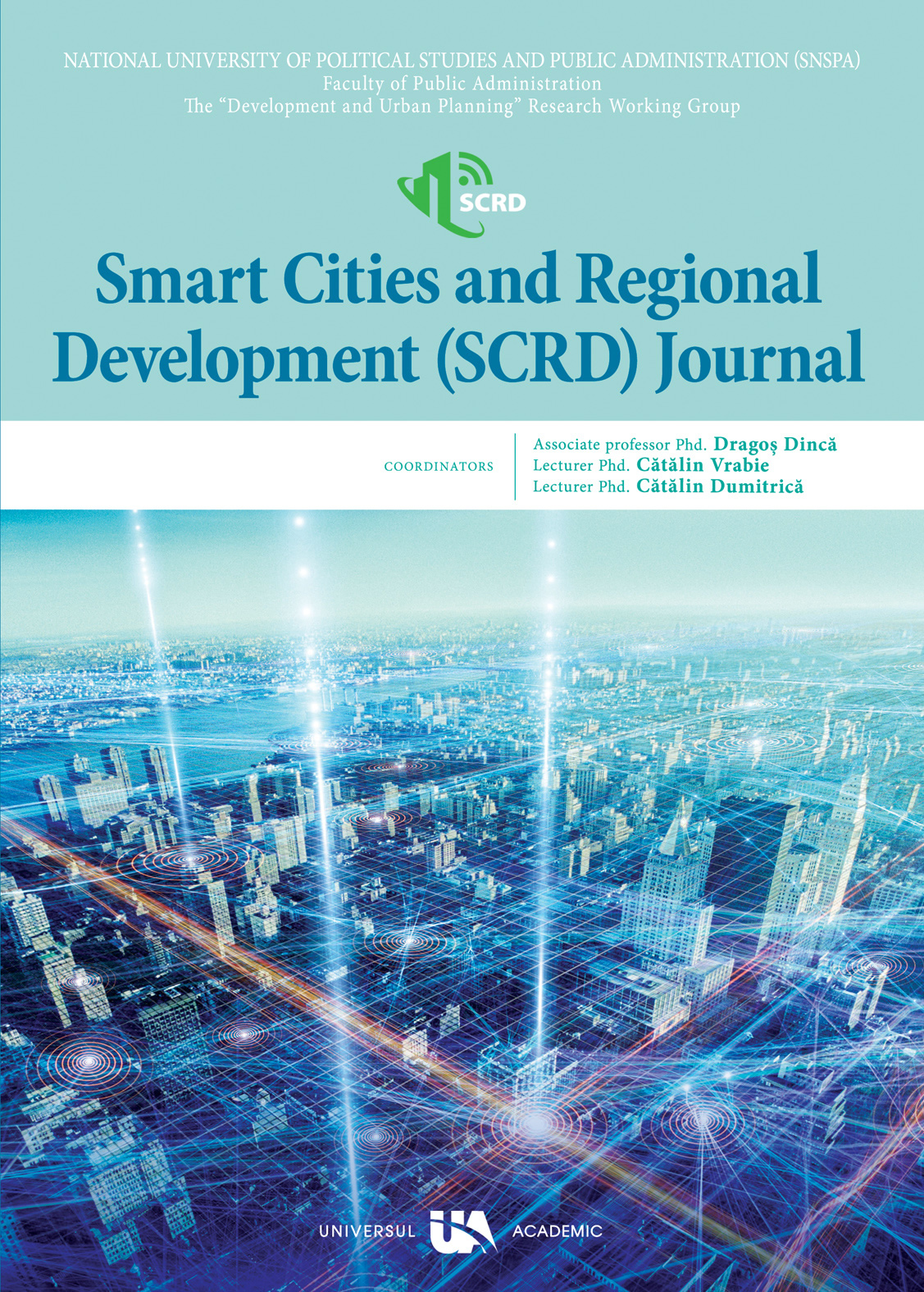Inter-organizational collaboration during emergency response:
Inter-organizational collaboration during emergency response:
A case study of 2016’s Hurricane Matthew in Haiti
Author(s): Cyprien Genie, Muhammad IQBALSubject(s): Politics / Political Sciences, Politics, Social Sciences, Education, Geography, Regional studies, Library and Information Science, Regional Geography, Environmental Geography, Applied Geography, Maps / Cartography, Classification, Information Architecture, Electronic information storage and retrieval, Education and training, Other, Political Sciences, Public Administration, Government/Political systems, Methodology and research technology, Fiscal Politics / Budgeting, Geopolitics
Published by: Editura Pro Universitaria
Keywords: Inter-organizational collaboration; Information; Hurricane Matthew; emergency response
Summary/Abstract: This paper aims at exploring inter-organizational collaboration during emergency response at local level. Specifically, this paper analyzes collaborations between public, private, and non-governmental organizations that evolved in response to 2016 Hurricane Matthew, in Haiti. While governments play a large role in responding to disasters and managing recovery, many disasters are far too large and complex to handle by themselves. That’s where inter-organizational collective action comes to assist and support the relief of the victims. However, considering how problematic disaster collective response action was during the 2010 earthquake in Haiti, this study is guided by the desire to explore what exactly was accomplished on the ground during Hurricane Matthew in terms of efficiency and satisfaction. Moreover, the use of communication and information is also investigated. Research findings revealed that: a) the destruction of information infrastructures hampered communication efficiency; b) the Directorate for Civil Protection (DPC) failed as main national disaster agency to coordinate all the sectors; c) and finally, a lack of leadership and trust were found between involved organizations. The author recommends the use of smart technologies to enhance communication structure, and advocates for a new collaborative culture built on trust and transparency between stakeholders.
Journal: ORAȘE INTELIGENTE ȘI DEZVOLTARE REGIONALĂ
- Issue Year: VI/2022
- Issue No: 02
- Page Range: 63-75
- Page Count: 13
- Language: English

